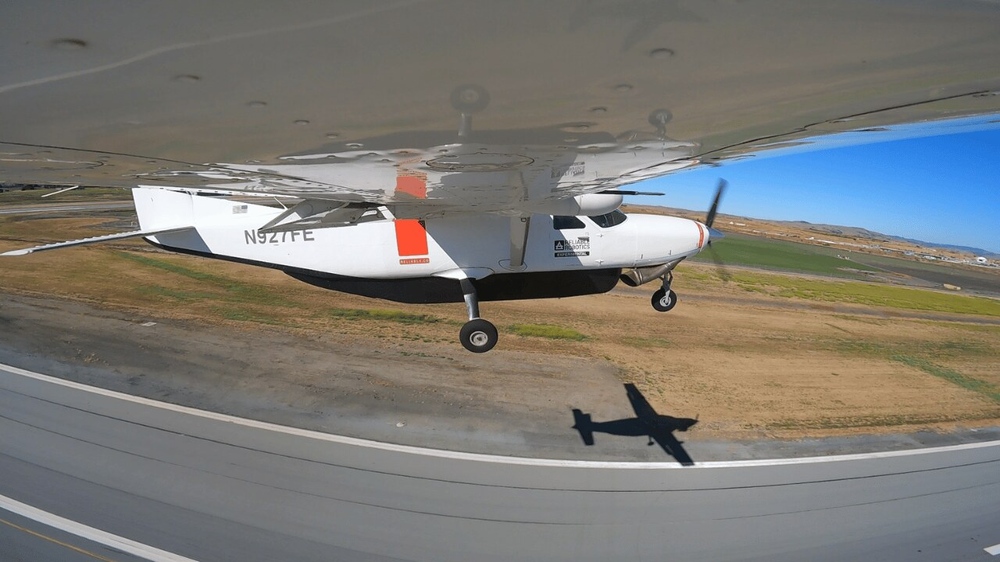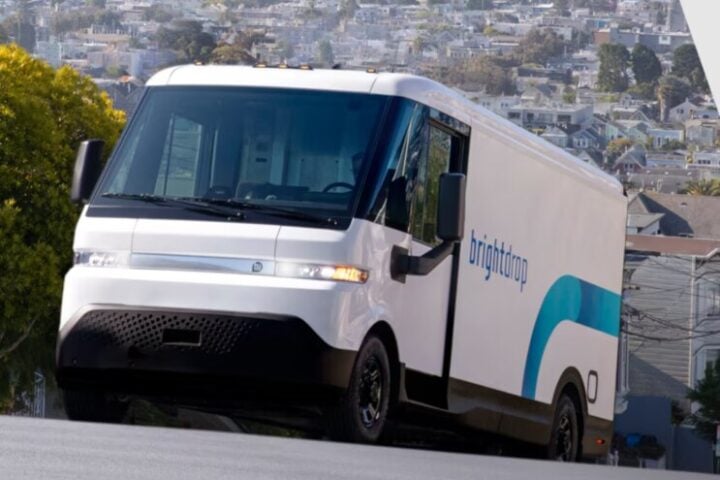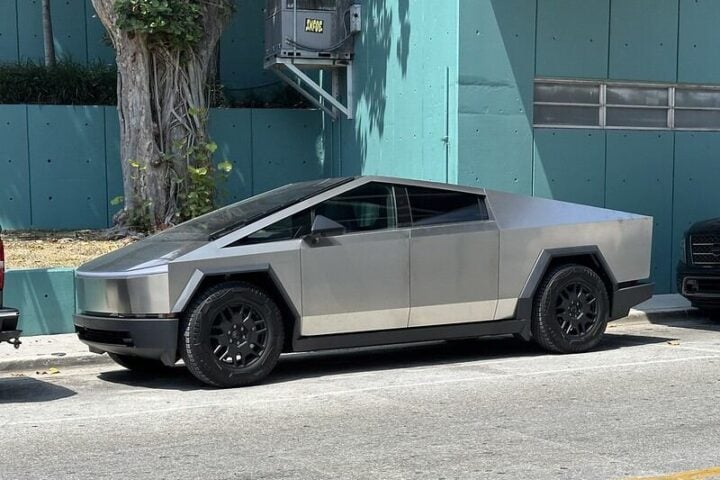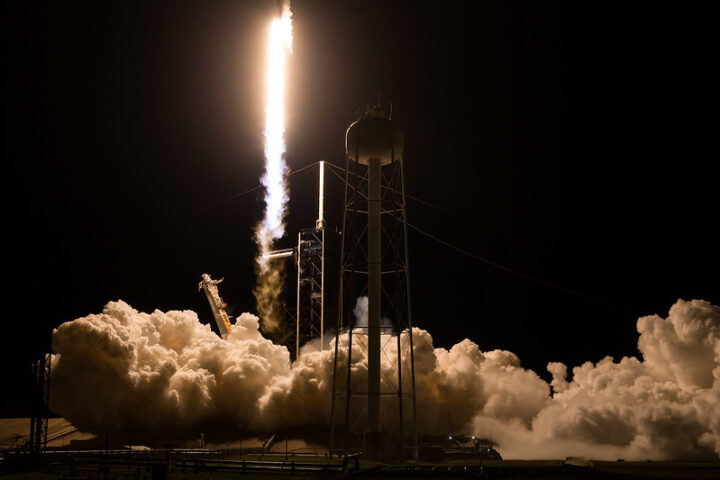SpaceX’s latest move in the space industry isn’t about launching rockets – it’s about acquiring a parachute manufacturer. The company, led by Elon Musk, has secured Pioneer Aerospace for $2.2 million. This deal, following Pioneer’s parent company’s bankruptcy filing in Florida, marks SpaceX’s first acquisition since its 2021 purchase of Swarm, a small satellite company.
Pioneer Aerospace, based in Connecticut, is known for its drogue parachutes, critical for stabilizing and slowing down spacecraft like Dragon during reentry. These chutes deploy at around 18,000 feet, slowing the capsule from approximately 350 miles per hour. The main chutes, supplied by Airborne Systems, engage later, at about 6,000 feet altitude.
This acquisition is particularly strategic for SpaceX. As the company gears up to use its Starship rocket system for transporting crew and cargo to Earth orbit, the need for reliable parachute technology is paramount. The drogue parachutes are not just for returning from space missions; they have a broader application in aviation, especially in emergencies or to reduce speed during landing.
Similar Posts
Interestingly, parachutes have posed significant challenges in the space sector. Phil McAlister, director of the commercial spaceflight division at NASA Headquarters, highlighted this, saying, “‘We’ve done parachutes during Apollo, how hard could it be?’ It could be very hard.” His comments underline the complexities involved in developing effective parachute systems for space missions.
This move by SpaceX isn’t just about acquiring technology; it’s also about safeguarding their supply chain. The cost of purchasing Pioneer Aerospace may well be lower than finding and qualifying a new drogue chute supplier for crewed missions. This is a practical approach, considering both SpaceX and Boeing have faced hurdles in developing parachutes for their commercial crew spacecraft.

















